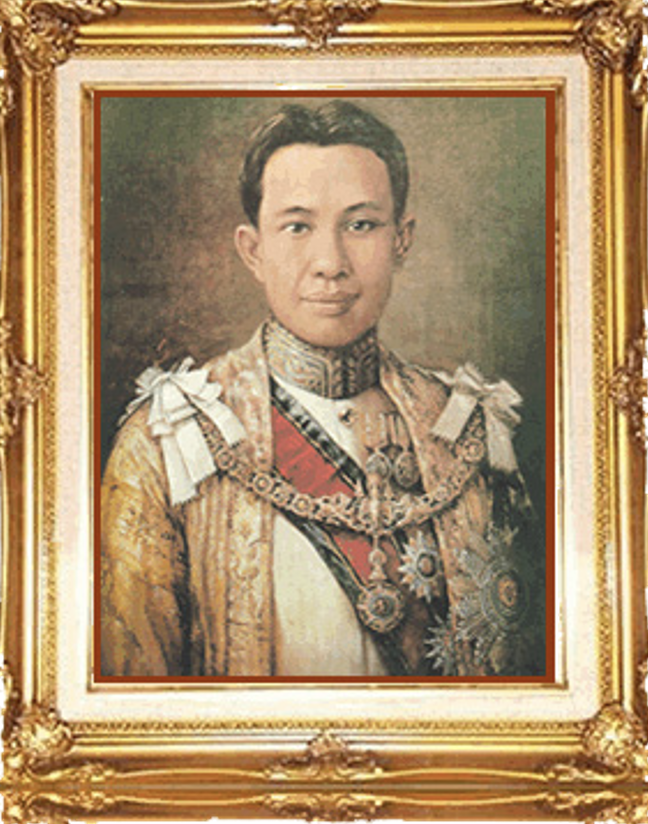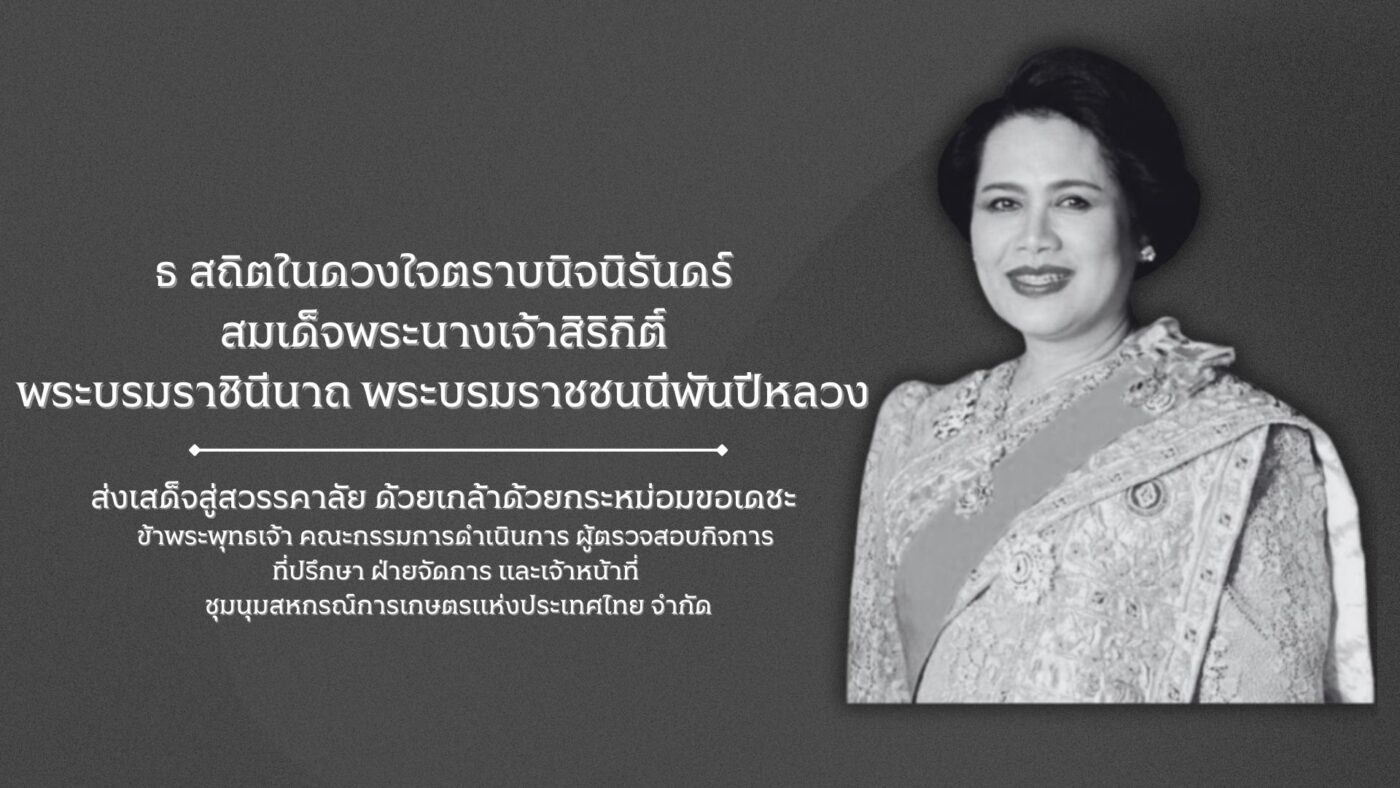History of Cooperatives in Thailand

History of Cooperatives in Thailand
Prince Pitthayalongkorn: The Father of Thai Cooperatives
The cooperative movement in Thailand began during the Rattanakosin era when the country increased its international trade. This period saw a shift in the rural economy from subsistence farming to a market-oriented approach, leading to a greater need for capital to expand production and support livelihoods. Farmers without their own funds often borrowed money, which resulted in high-interest payments and exploitation by traders and moneylenders. As a result, farmers found themselves in a difficult position; despite their rice production, they had to sell most of it to pay off debts. Furthermore, agricultural output was highly unpredictable, heavily reliant on weather conditions. In years of crop failure, debts would grow, forcing some farmers to surrender their land to creditors. Many ultimately became tenants or landless individuals without farmland to cultivate.
Due to the poverty challenges faced by farmers at that time, the government sought to assist them by arranging low-interest loans. This initiative began in the late reign of King Rama V and included two proposed methods for financial support:
Approach 1 Establishing Agricultural Banks to provide loans to farmers. However, this plan faced funding and loan guarantee issues, leading to its cancellation.
Approach 2 Cooperative Funding Model: The second method, proposed by the Ministry of Finance (formerly the Ministry of the Royal Treasury), involved inviting Sir Bernard Hunter, head of the Bank of Madras in India, to explore ways to help farmers. He suggested establishing a “National Loan Bank” to provide loans to the public, with land and other securities as collateral to prevent farmers from abandoning their fields to escape debt. He also recommended forming associations called “Cooperative Society” to manage loans and collections based on mutual assistance. The term “Cooperative Association” was introduced by Prince Phithayalongkorn. Thus, Thailand began studying cooperative methods in 1914, though no actions were taken until 1915 when the Department of Statistics was restructured into the Department of Commerce and Statistics, which included three divisions: Commerce, Statistics, and Cooperatives.
The Cooperative Division was established to assign officials to test the formation of cooperatives. At that time, Prince Phithayalongkorn, as the Director of the Department of Commerce and Statistics, examined various credit cooperative models from abroad. Ultimately, he selected the Raiffeisen model, stating in the first cooperative report, “After careful consideration, we have decided to choose the Raiffeisen cooperative, which originated in Germany and aims to support the poor and small-scale farmers. He is known as the “Father of Thai Cooperatives” for his role in establishing cooperatives in Thailand.
The Raiffeisen model focuses on small-scale credit cooperatives, where members share responsibility and control local operations. Phitsanulok Province was chosen for this initiative because of its low population density, mainly consisting of migrants from the south who needed help to develop their agricultural livelihoods. This effort aimed to encourage people from more populated areas to move to Phitsanulok and make better use of the land.
Later, the Department of Commerce and Statistics launched the first cooperative trial in Mueang District, Phitsanulok, called “Wat Chan Cooperative Limited.” It was registered on 26th February 1916, with Prince Phithayalongkorn as the first cooperative registrar, marking a key moment for the cooperative movement in Thailand.
The “Wat Chan Cooperative Limited” began with 16 members and 3,080 baht in operating capital, which came from an 80 baht admission fee and a 3,000 baht capital contribution. They obtained a loan from Siam Commercial Bank, guaranteed by the Ministry of Finance, with a 6% annual interest rate. The cooperative charged its members 12% interest and required them to repay 1,300 baht in the first year. By the deadline, members returned 1,500 baht along with all interest, demonstrating the cooperative’s success in helping farmers. Because of the Wat Chan Cooperative’s success, the government wanted to expand the cooperative system to other provinces. However, early cooperatives faced challenges such as limited funding and legal restrictions from the Cooperative Associations Amendment Act of 1916, which hindered their growth. To help cooperatives develop and stabilize, the government repealed this law and enacted the Cooperative Act of 1928, which was amended three more times. This new act significantly promoted the establishment and expansion of cooperatives in the country.
In 1935, land purchase cooperatives were established in Pathum Thani, along with several new types of cooperatives, including land maintenance cooperatives, trading cooperatives, cotton plantation cooperatives, and capital-raising cooperatives. In 1937, the first cooperative store was set up in Sena District, Phra Nakhon Si Ayutthaya, called “Ban Ko Cooperative Limited,” with 279 initial members, and more cooperative stores were established to assist the public with living cost issues, set up in government agencies, state enterprises, and by the community. A significant change in Thailand’s cooperative movement occurred with the merger of capital-raising cooperatives.
Later, the government enacted the Cooperative Act 1968, allowing small, single-purpose capital-raising cooperatives to merge into larger ones, expanding their operations into multi-purpose cooperatives that better benefited members. As a result, capital-raising cooperatives transformed into agricultural cooperatives, which continue today. In 1968, the Cooperative League of Thailand was founded to educate cooperative members nationwide and coordinate with international cooperative organizations for mutual assistance outside of business operations, with all types of cooperatives as members.
Thailand has defined six types of cooperatives under the Ministry of Agriculture and Cooperatives’s announcement of year 1973 which consists of agricultural cooperatives, industrial cooperatives, fishing cooperatives, savings cooperatives, retail cooperatives, and service cooperatives. Since the inception of cooperatives in Thailand, their operations in various businesses have earned the trust of members, leading to an annual increase in the number of cooperatives, members, capital, and profits. As of 1st January 1999, there were approximately 5,549 cooperatives and 7,835,811 member families nationwide. Cooperatives in Thailand play a vital role in the country’s economy, particularly for the poor, as they serve as economic and social institutions that help address employment issues and improve the living standards of the population.
Source: Cooperative Promotion Department

